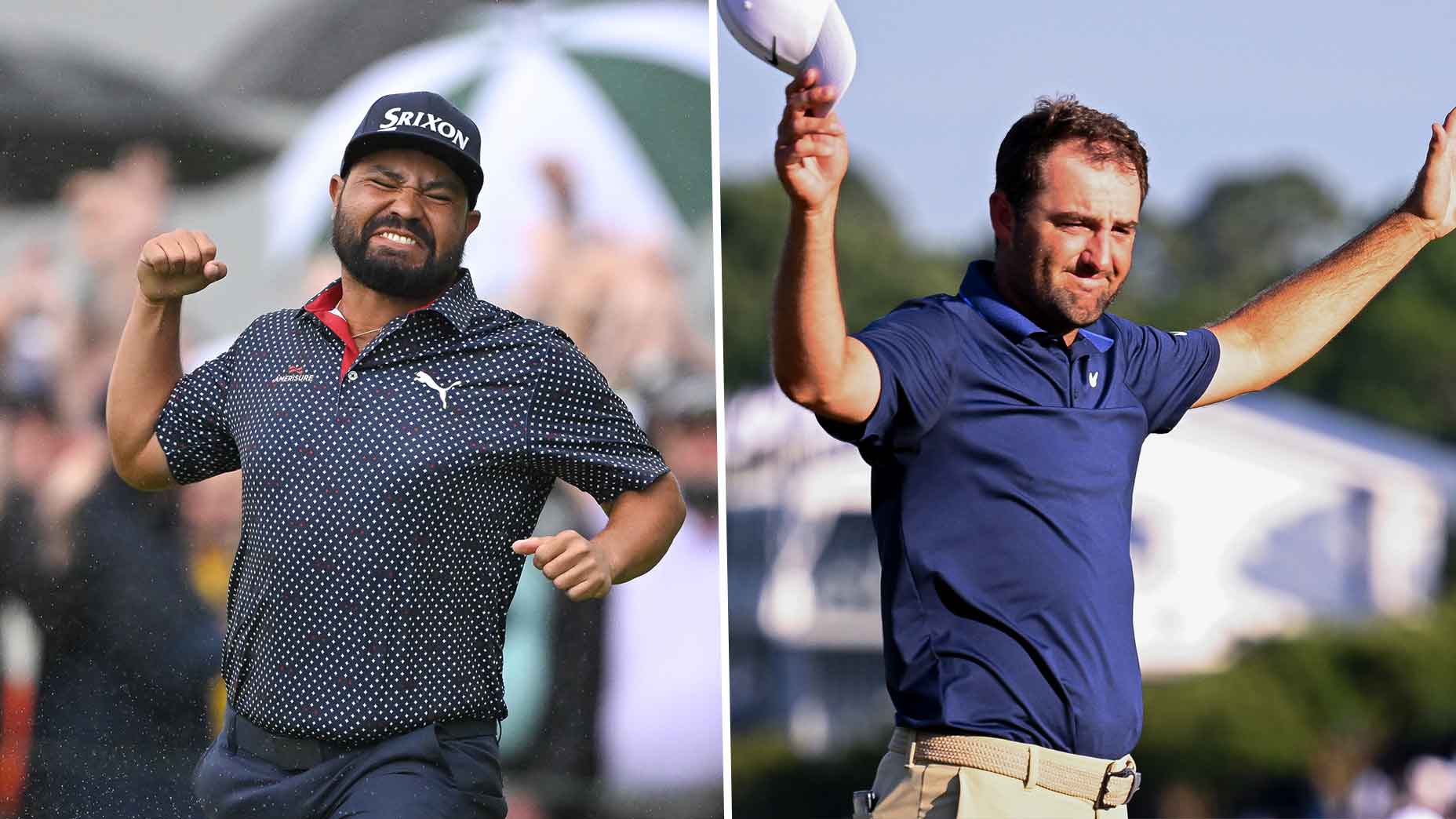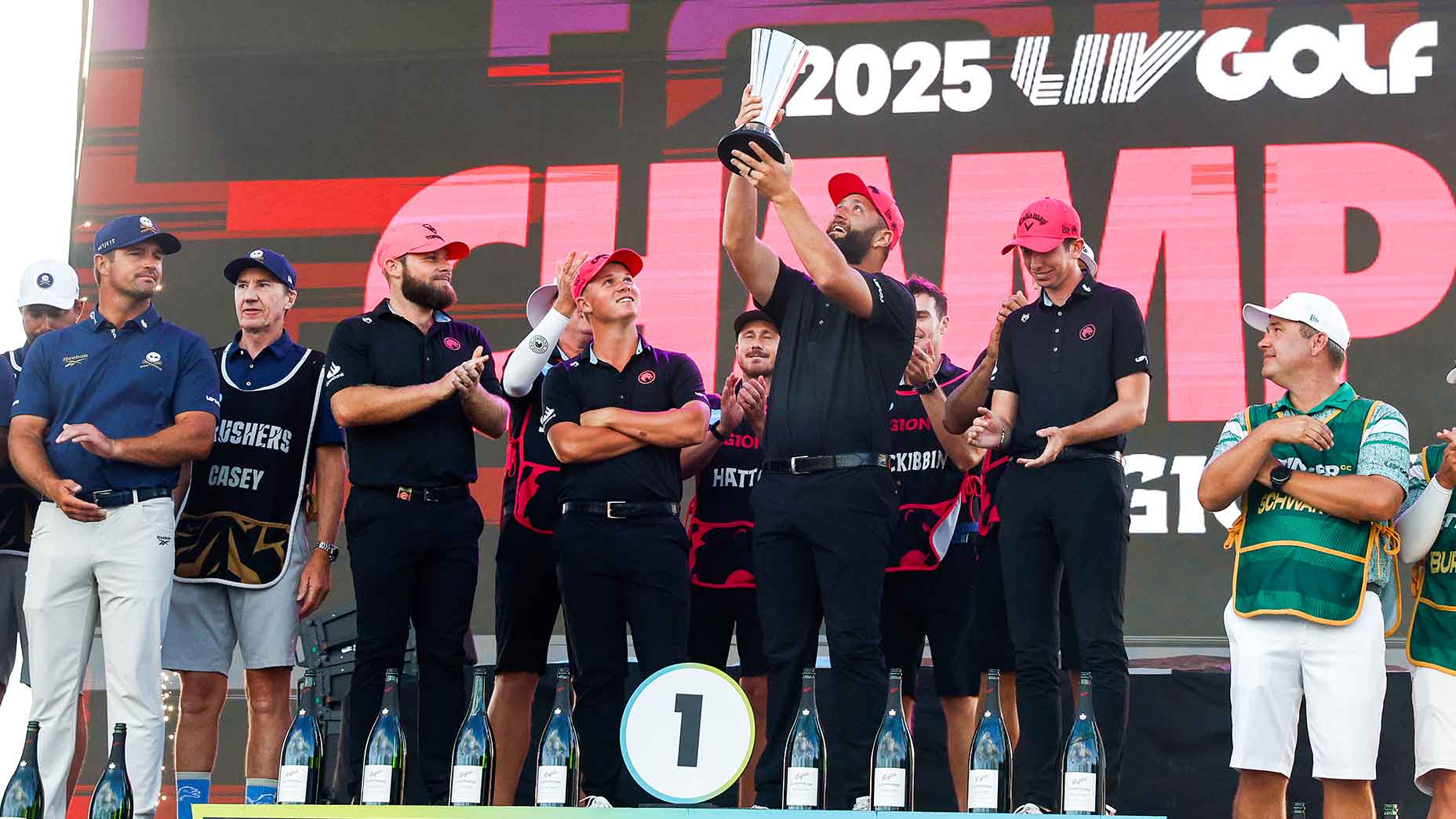The outcry over penalties levied against Haotong Li on the European Tour and Denny McCarthy (whose penalty was later rescinded by the PGA Tour) at the Waste Management Phoenix Open over the past two weeks has resulted in the release of a clarification to Rule 10.2b(4) by golf’s governing bodies.
The revised rule, which went into effect on January 1, forbids caddies from helping to align their players by standing behind them when they take a stance. Even if a player resets before hitting the ball (as was the case with McCarthy), if the caddie is behind him or her at any time during the stance, it’s a two-stroke penalty. The putting green is an exception. If a player resets after receiving help on a read, there is no penalty, provided the caddie movies away before the player assumes his or her stance.

In the clarification released jointly by the USGA and R&A, the governing bodies reiterate that the purpose of the rule is “to reinforce the fundamental challenge of making a stroke and to limit the advice and other help a player may receive during a round.”
Whereas before, what constitutes “taking a stance” was not clearly defined, the new clarification includes specifics. Now, if a player backs away from a stance, “the player is not considered to have begun ‘a stance for the stroke.’ Therefore, a player can now back away from his or her stance anywhere on the course and avoid a breach of Rule 10.2b(4) if the caddie had been standing in a location behind the ball.”
There is also no penalty if a caddie is not “deliberately” standing behind the ball when a player begins taking a stance for a stroke.
“We believe there is widespread acceptance that it is for the player alone to line up a shot,” said David Rickman, executive director – Governance at The R&A.“These clarifications are designed to improve the operation of the Rule and give the players more opportunity to avoid a breach while remaining true to the purpose of the Rule.”






